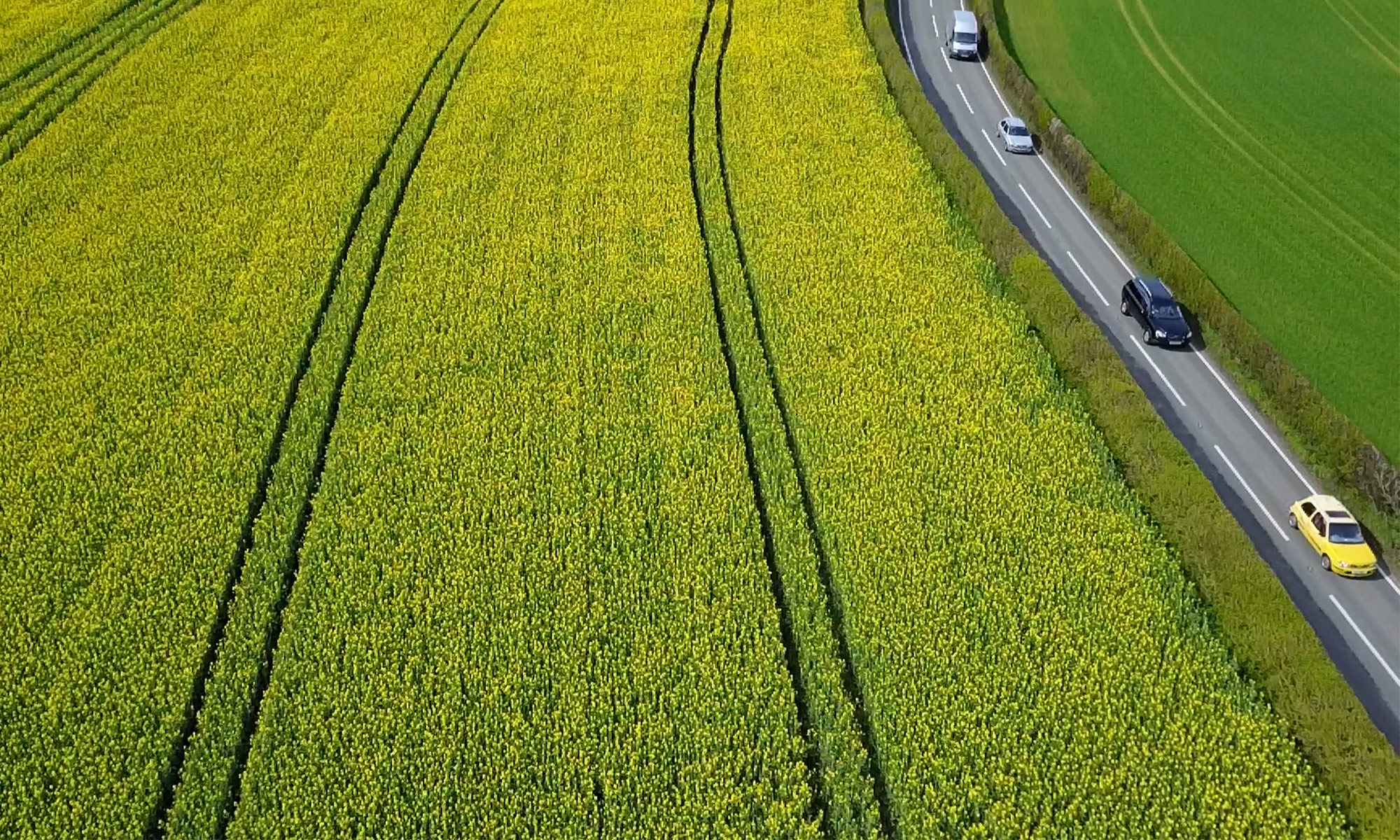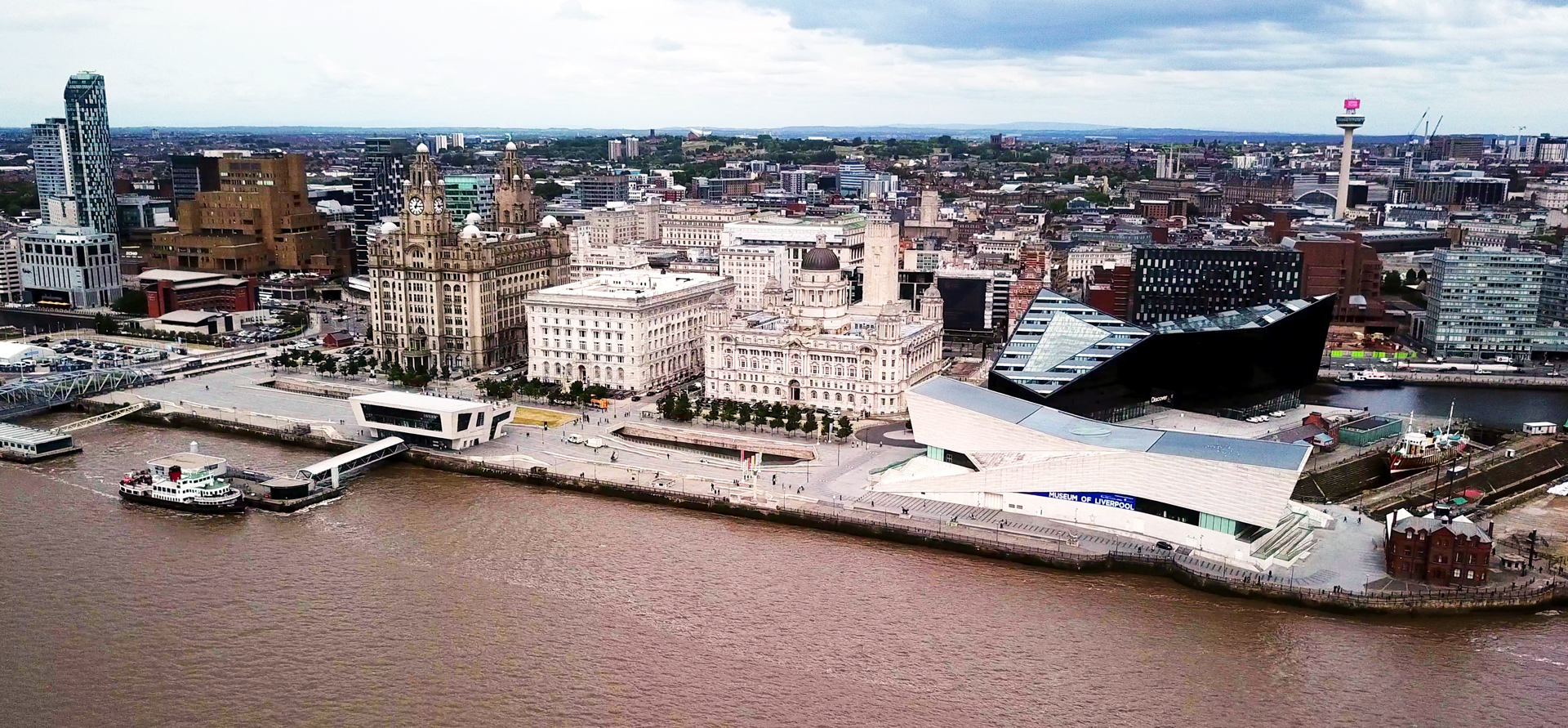We intend this to be an overview to serve as a reference and link source for those unsure of the laws in the UK and US with regard to flying drones.
This article is for recreational users, if you want to use a drone commercially, by all means, get in touch.
The first thing to accept is that in law, a Drone, or UAS (Unmanned aerial systems) is in fact an aircraft. There are toys, there are big drones too – they fly, and that is what counts. Let’s keep this simple: Drones such as the Mavic, Spark and Mavic Air (and anything the same size or bigger) are not toys. They are in fact extremely dangerous, as the propellers rotate at around 5500rpm when hovering…. imagine what they get to when they are going for it!
UAS = Aircraft
&
Aircraft = Governed
Aircraft are governed as closely as cars that drive on our roads, and are equally as easy to lose control of. You wouldn’t just sit back and read a newspaper whilst driving, would you?
Drone Law In the United Kingdom
In the UK; dronesafe.uk is the simplest place to get a reminder what the rules are. In short, they are (as we wrote up for Drone Safe Register last month) as follows:
- Stay away from persons, vehicles, vessels and property that are not explicitly under your control. A sign on a lamppost is not considered to be sufficent.
150 meters is the rule – so don’t just turn up in a car park and fly – you are too close to the unattended cars that people have left there… let alone the people coming and going.
150m applies to your drone whilst in flight, so keep your distance of people wherever you fly. - Stay below 400ft. (120m) No exceptions. There may be some special sites where this height can be breached, but there are not many.
Hobbyists are now subject to this ruling. You can comment all you like about this clause or that, but you are just making excuses for breaking the rules. Deal with it. - Stay within 500 meters of your drone – maintain sigh at all times.
Note, with small drones such as the Mavic Air, Spark, visual line of sight might be lost much closer. They are small, and the wind can take them away without warning… so staying closer is safer, always. - Stay away from airports. If you are found to be flying within 1km of an airport, you are liable for some colossal fines. Say goodbye to ever owning your own home, car, and you are responsible for your permanent debt.
Commercial operators maintain a 5km distance rule to be safe and responsible. If we at Drone Factor need to fly any closer, we contact Air Traffic Control and ensure we are allowed to operate closer.
Drone Law In the United States
In the US, Knowbeforeyoufly.org has very clear information that will help you get the hang of what’s possible and what’s not. The page linked has a vague video which describes two things, albeit briefly:
- Join a club – they have dedicated airspace in which you can learn to fly, and with instruction. This is probably the most sensible way to fly a drone.
or - Register with the FAA (Federal Aviation Authority) and make sure you operate within the law when flying independently.
Registering with the FAA isn’t too hard, and costs a small fee (under “Section 336”). Registration costs $5 and is valid for 3 years. You can do this here.
Failing to do this and flying in airspace you are not registered to fly in could result in fines and confiscation of your drone.
If you want to fly for any kind of compensation, or ‘valuable consideration’ as we call it over the pond, you need to think carefully about how you use the aircraft. This is a snapshot lifted from this document, published by the FAA.

If you live near an airport, don’t get too excited about flying in your back yard: many airports have processes for people who fly near their airport, and you (the UAS operator) can talk with them directly about how to meet this rule, if at all. There is no generic advice out there for this, and be wary of anyone else who simply says ‘yeah just go for it’. That is a dangerous game you are playing.
Simple tips for staying safe
Remember that whatever happens, you are the responsible individual for your flight, and the best method is the safe method.
- Do not ‘see how high you can go’ because your mates ask you to.
- Do not see how far you can go, because this is a great way to lose an expensive piece of kit.
- Do not run your battery lower than 20%, you might need that last bit of power to return home.
- Do not rely on return to home to do the return flight, you are not fully in control… what would you do if whilst in failsafe a light aircraft appeared, heading directly for your drone? You have no rapid control. Think about that.
- Do spend some time before your flight(s) planning out what you are going to do: this helps for two reasons:
1. You have the best flight possible, not wasting battery hovering here and there getting settings sorted out.
2. You might find that there are hazards nearby you wouldn’t have been aware of, such as helipads (There are more than you think), cellphone masts (not clever for drone control links) or even that there may be a restriction on your flight area. - Do (if flying a DJI system, which a lot of us are) check the geo-map to make sure you are safe to fly. Do not just unlock areas for the sake of unlocking, they are restricted for a reason! If you are adament you want to fly in one of these locations, communicate with the Air Traffic Control at that site, or whoever might be able to grant permission. Otherwise, forget it. Commercial operators have to do this too.
- Do ensure you are away from other people at all times, you never know what might go wrong, at which point you are up the creek without a paddle. The courts will not buy your ‘it was windy’ story, as you are the (ir)responsible pilot and as mentioned, you are liable.
If you can handle staying within the law (some people just can’t for some reason, and this will be their downfall!) then you can relax whilst flying your drone. Many people get nervous or anxious about flying their drones… it can be quite interesting at times, but if you have planned and prepped yourself then you are in control. Enjoy your flight!


